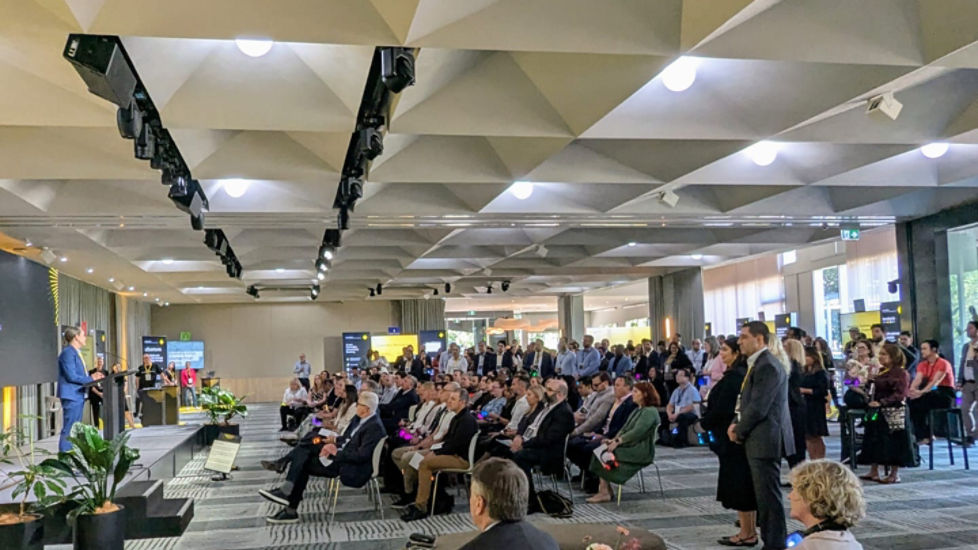While working as a branch manager for an IT company in Canberra in the early 2000s, Greg Boorer, Founder and CEO, CDC Data Centres (CDC) could plainly see organisations were hindered by a lack of data centre infrastructure. The issue was particularly acute at government entities, as they were embracing more technology systems producing vast quantities of data — much of it sensitive — but lacked a secure and efficient way to store it. The availability of government systems was also impacted by frequent power outages in office buildings.
Boorer was struck by the idea of aggregating the systems and technology footprint of customers into a highly secure and resilient, co-located data centre. This would provide efficiencies of scale and cost-effective solutions. At the time, the natural environment was being ravaged by the Millennium Drought, the period between 2001 to 2009 where a combination of low rainfall and the lowest inflows into the River Murray in recorded history meant flows over the border into South Australia virtually ceased. Boorer resolved to create a data centre that did not rely on water consumption for its cooling operations.






